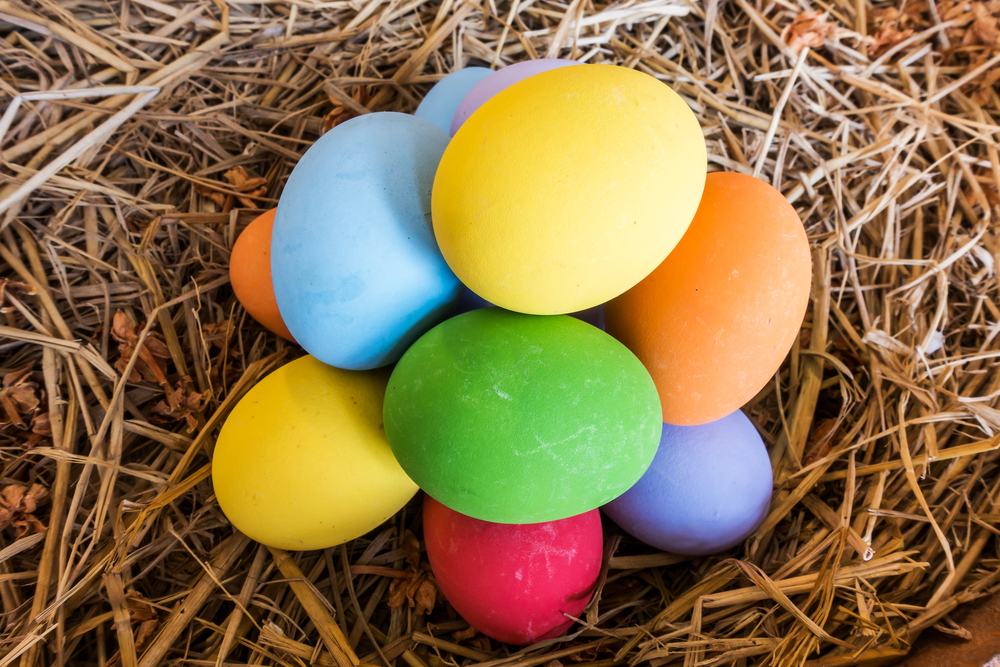Identify shapes Worksheets for Kids
13 filtered results
-
From - To
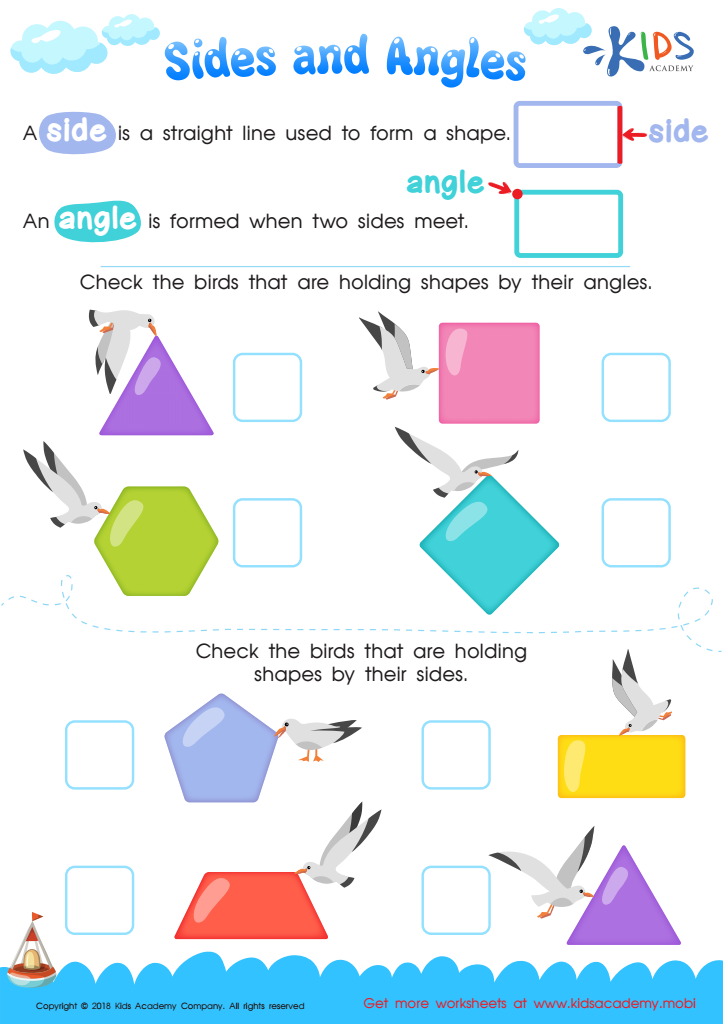

Sides and Angles Worksheet
Question/Answer
How to test a Grade 2 student’s Identify shapes skills?
To test a Grade 2 student's ability to identify shapes, prepare a worksheet or flashcards with a variety of 2D and 3D shapes such as circles, squares, rectangles, triangles, hexagons, cubes, cones, cylinders, and spheres. Ask the student to name each shape. For a more comprehensive assessment, include shapes with different orientations and sizes.
How does the mastery of the Identify shapes skill affect a student's performance at an early age?
Mastery of the Identify Shapes skill at an early age significantly enhances a student's performance by building a strong foundation in spatial reasoning, geometry, and problem-solving skills. This foundational knowledge helps in the development of critical thinking and enables more effective learning in mathematics and related disciplines, positively impacting overall academic achievement.
What are some effective activities to train students’ Identify shapes skill when teaching them about Adding up to 1000 with Regrouping?
To train students in identifying shapes while teaching addition up to 1000 with regrouping, incorporate activities like: 1. Sorting shapes with numbers on them into groups that add up to 1000. 2. Using geometric blocks to represent hundreds, tens, and ones in addition problems. 3. Creating a puzzle where pieces with different shapes match up to form sums of 1000.

 Assign to the classroom
Assign to the classroom
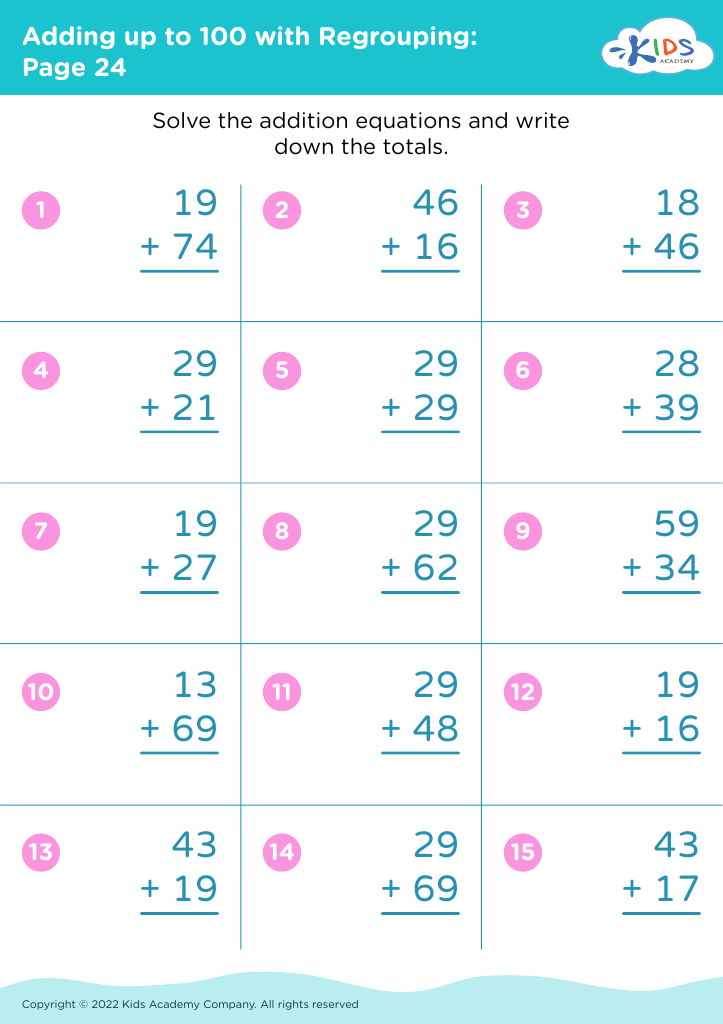
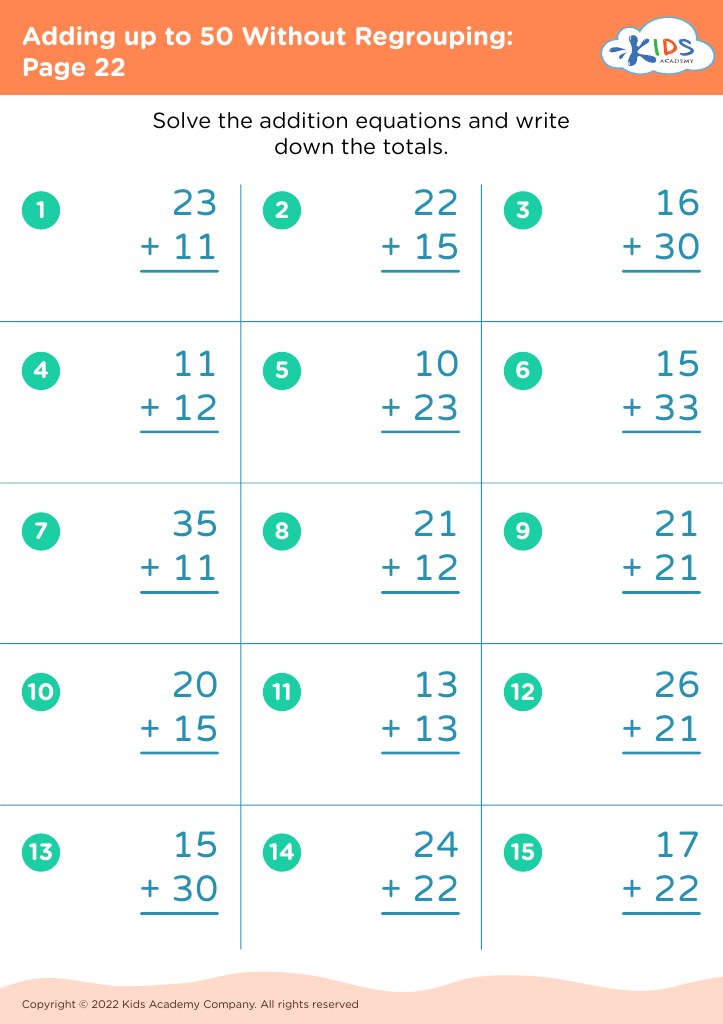
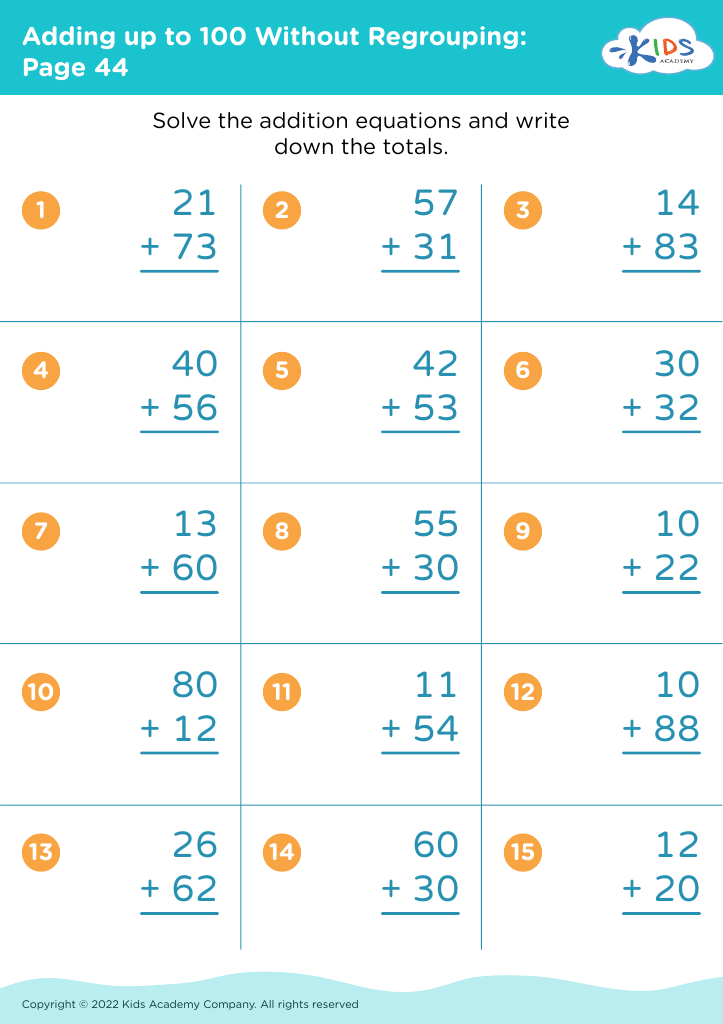
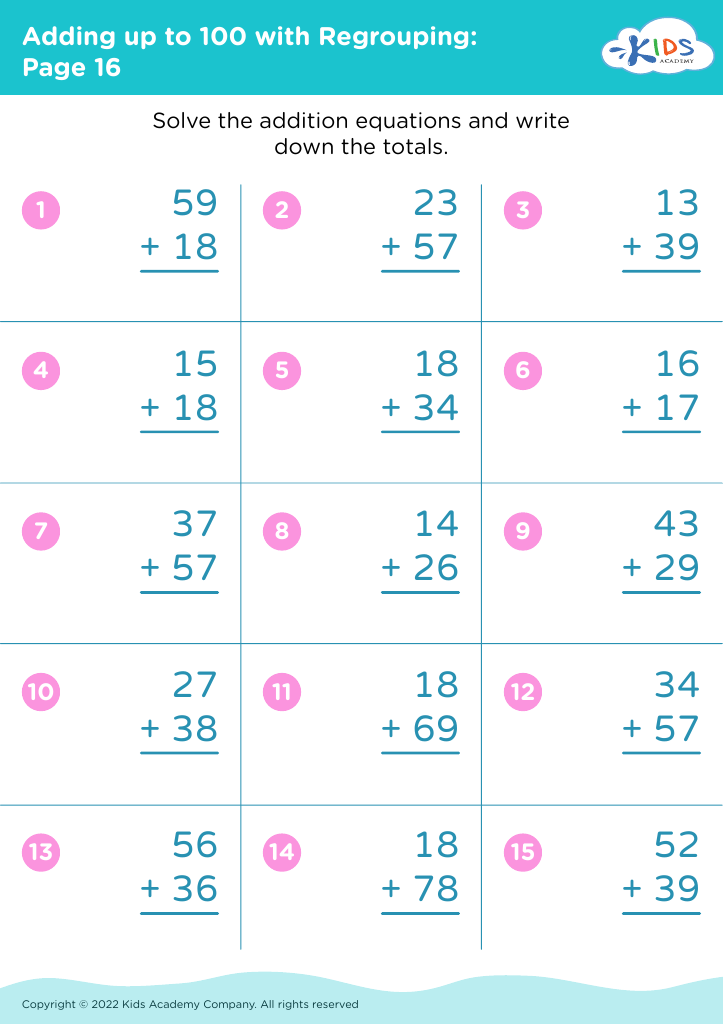
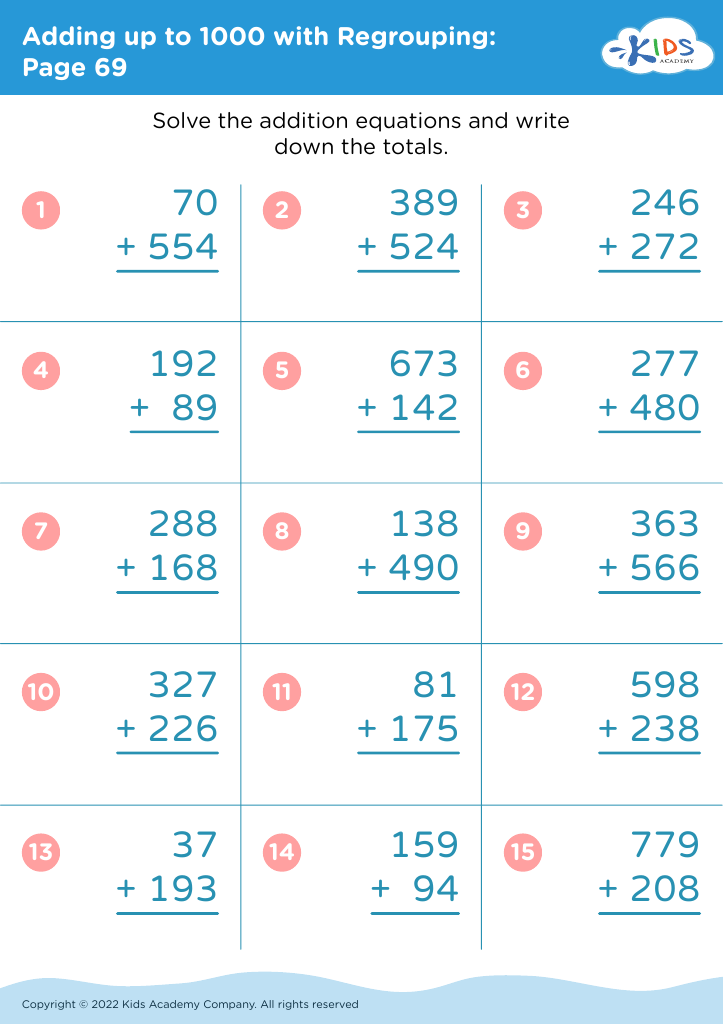
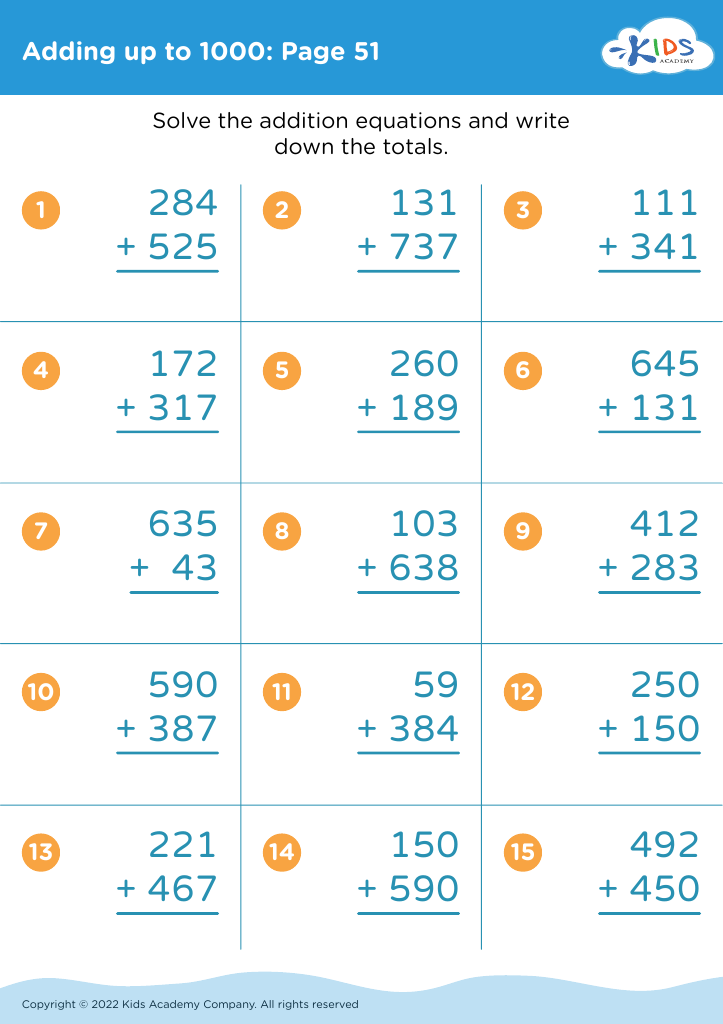
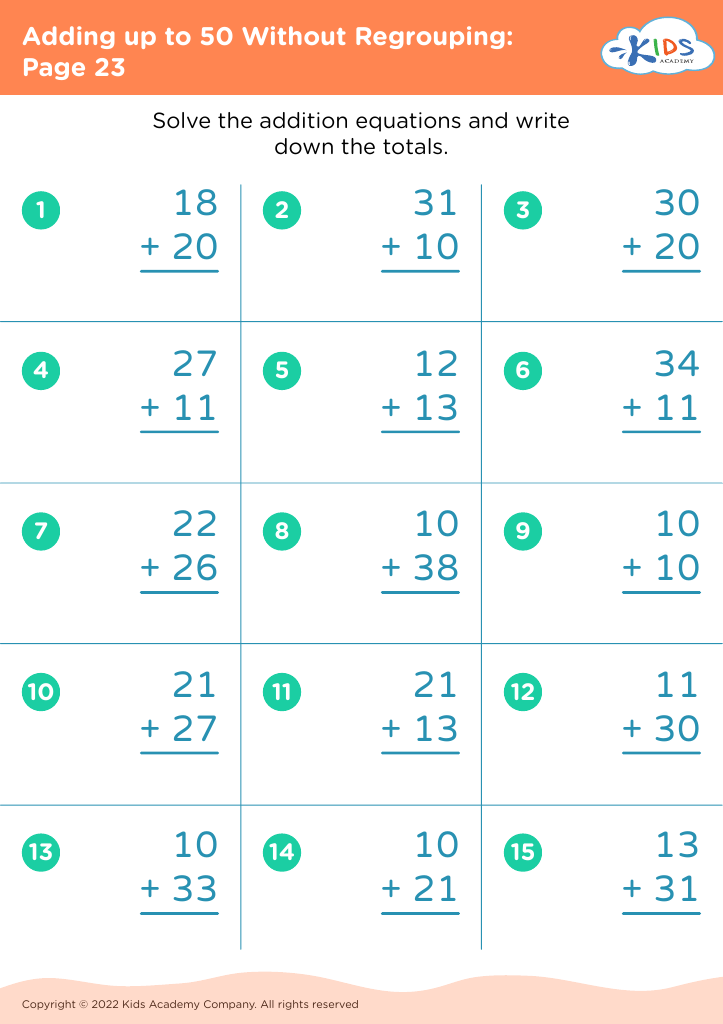

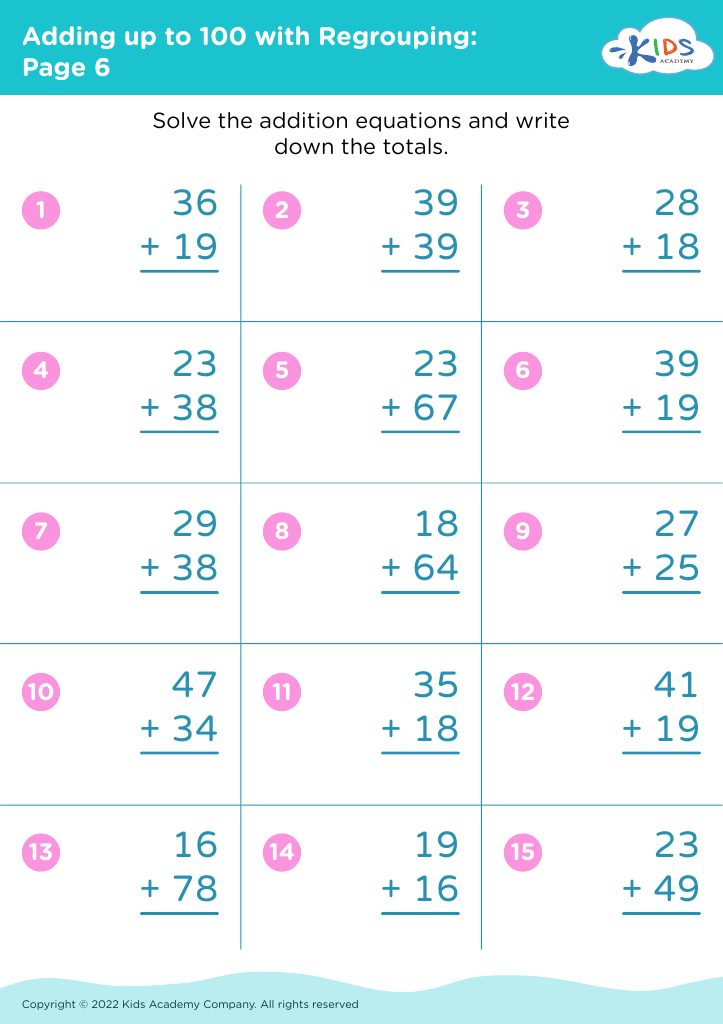
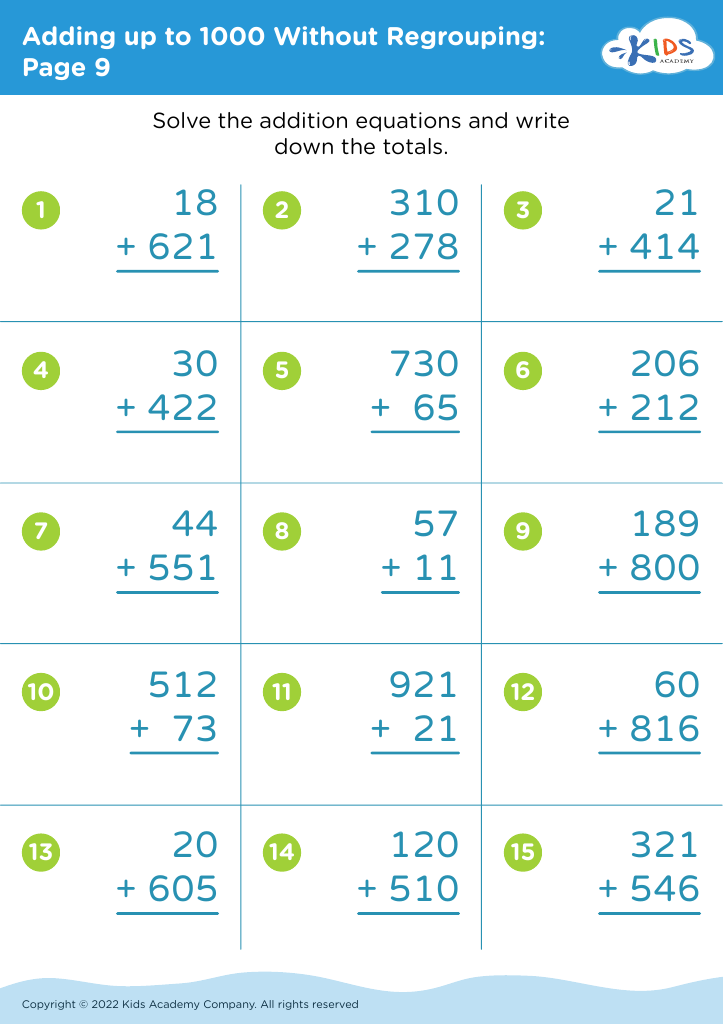
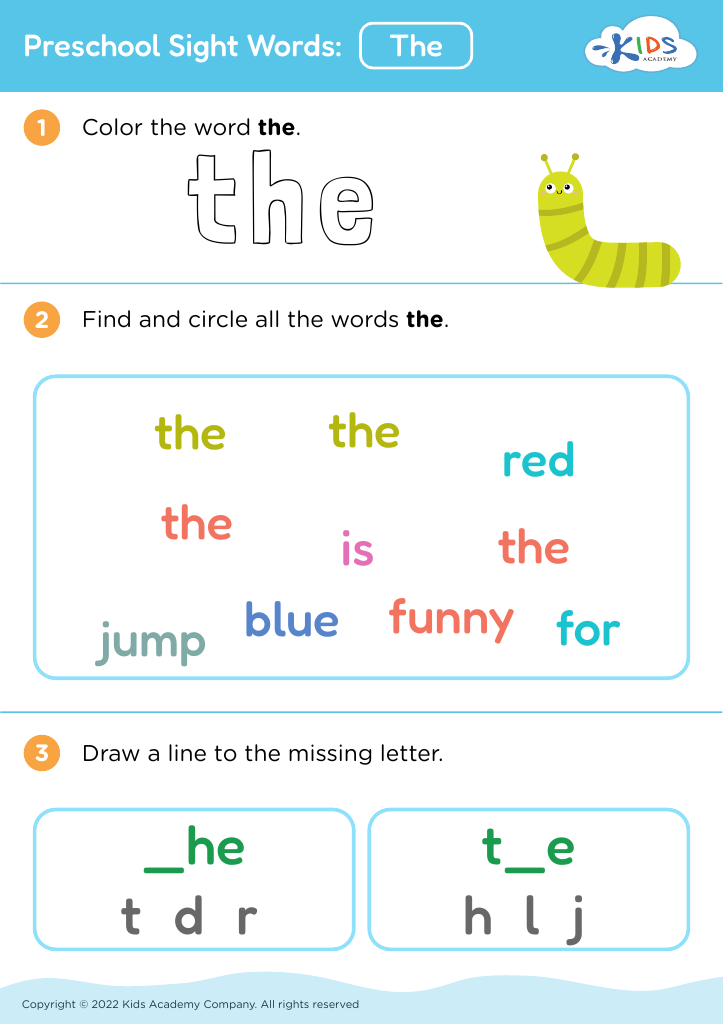
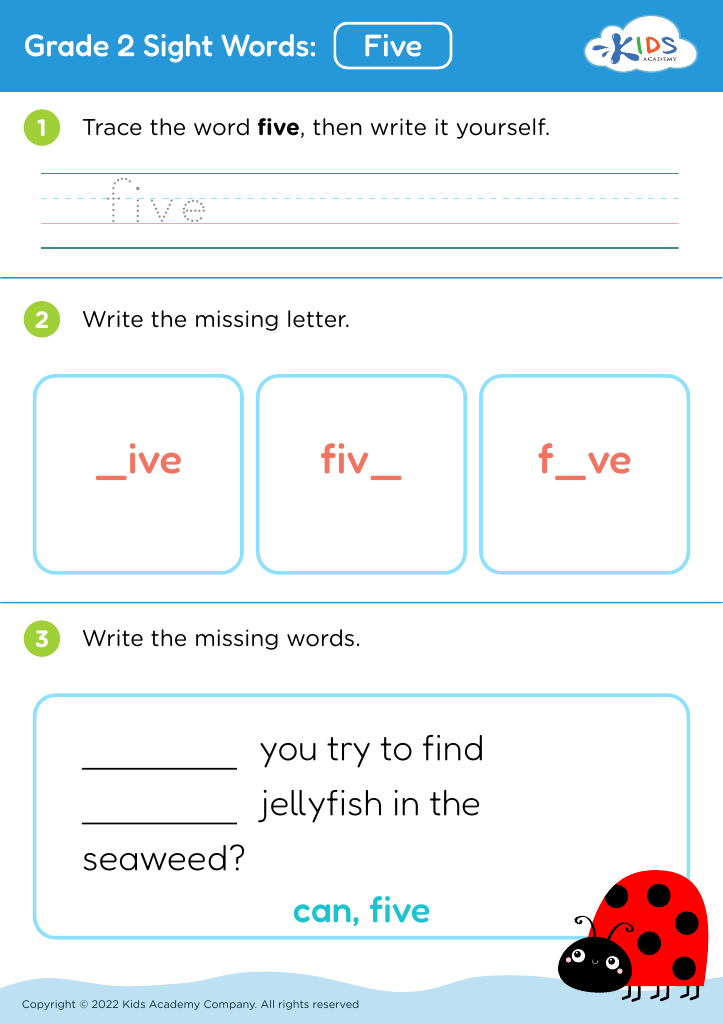

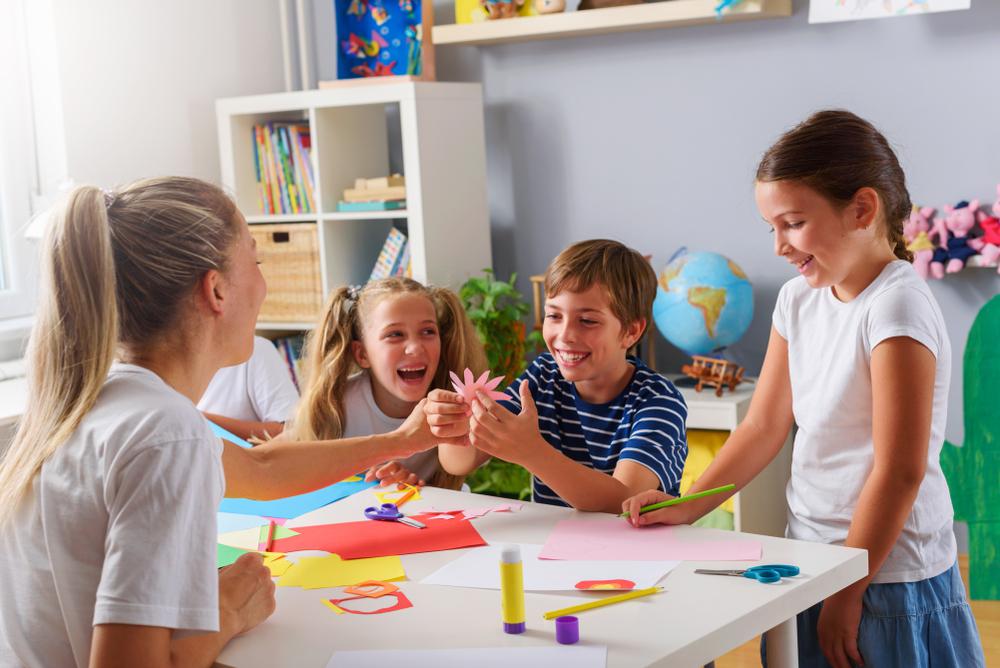
.jpg)
